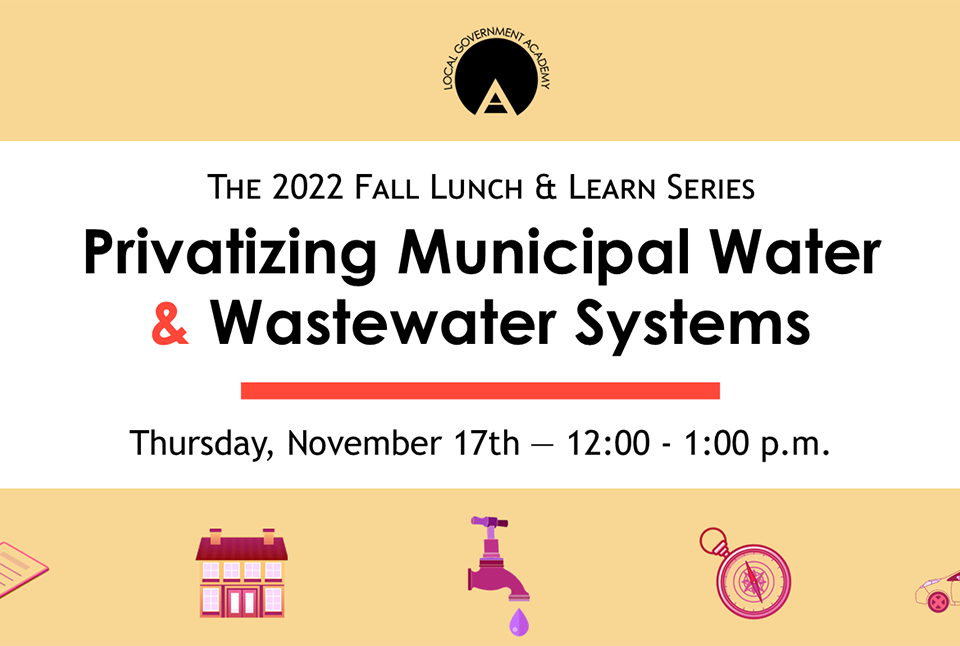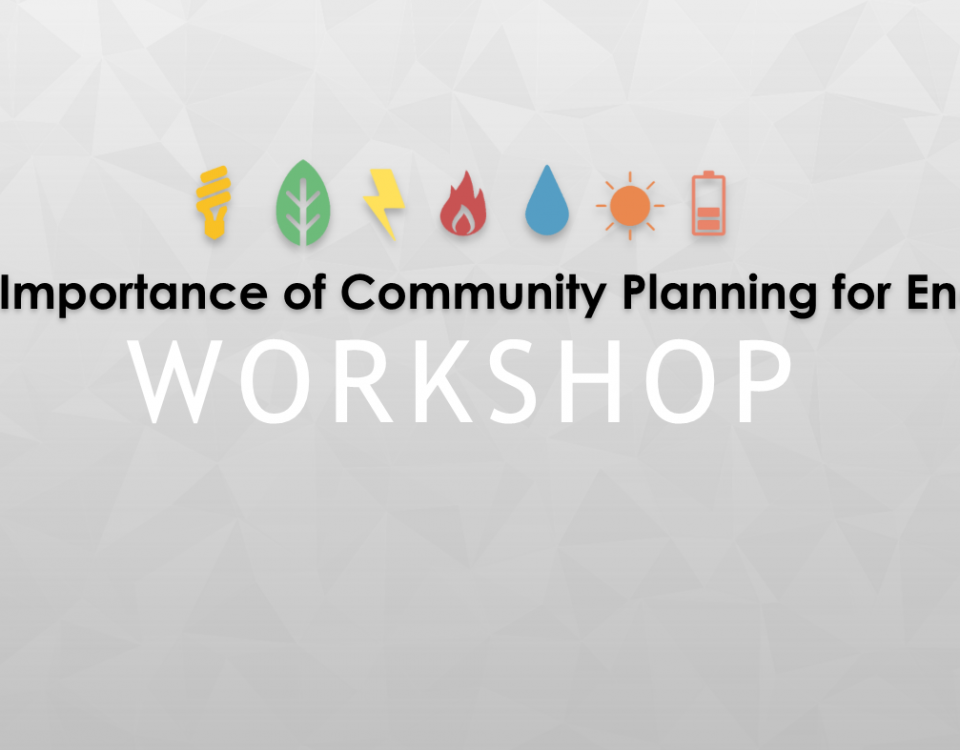Sustainable Small Business Webinar
May 22, 2017CMU’s Traffic21 Announces Smart Mobility Challenge
June 19, 2017Feature: The River Towns


Pittsburgh often places high on the lists of the nation’s most livable cities, and, more recently, worldwide. It wasn’t always that way.
The heart of the city was born of steel, seeing swells in its population during the Industrial and World War eras thanks to its mills, blast furnaces, and manufactories, but the consequence was ashen skies and toxic rivers. Residents can still recall today leaving their homes in white shirts and returning at the end of the workday covered in coal dust.
While Pittsburgh had put forth efforts to revitalize the city’s livability following World War II, the early 1980s saw steel and electronic industries collapse, resulting in massive layoffs and closures. The once booming mills and manufactories along the rivers fell out of commission, resulting in an exodus of populations leaving in search of work.
Of the hardest hit were towns whose economy revolved predominately around those key industries, and without an economic support system, those towns sank slowly into widespread blight and decay.
Pittsburgh’s economy shifted from its steel roots in the later 20th century to a strong focus on education, healthcare and medicine, high technology, and tourism. The city also became the hub for Leadership in Energy and Environmental Design, sustainable energy, and energy extraction while attracting Fortune 500 companies. During the recession of the late 2000s, although Pittsburgh’s population never returned to its peak of the Industrial era, the city continued adding jobs where most cities were losing them, and it was one of the only cities where housing demand in the inner core was on the rise.
Despite the flourishing economy, the region still experiences ongoing struggles with blighted communities. The phrase “River Town” once carried the heavy connotation of dilapidated communities hunkered in the shadow of decayed mills and industrialization. Today, that’s changing.
Blawnox began with the Blaw Steel Company and the Knox Welded and Pressed Steel Company, which merged and came to be known as the Blaw-Knox Steel Construction Company. Like many River Towns today, river access is limited by businesses and private property lines. Amenities, overlooks, and public access points are nowhere to be found.
Only a few years ago, Blawnox struggled to pay its utilities and taxes, sacrificing thousands of dollars in late fees, and utilizing a loan to pay a prior year’s loan. After a confusion of declining finances, as well as rising tension from Blawnox business owners and residents in public meetings, the council voted in June of 2014 to terminate the contract with their then longtime borough manager and entered an early-intervention program to avoid a full backwards slide into Act 47.
Since then, Blawnox came together and contracted Third Sector Development, based in Homestead, and consultant Deborah Grass of Grass Roots Solutions, based in Dormont. Through a combination of managing expenses and a financial plan developed during the early intervention program, the borough finally experienced a comeback in 2016 and hired a replacement for the borough manager position: former Wilkinsburg Assistant Manager, Cindy Bahn.
Bahn worked to develop a budget for 2017 while focusing on various elements of the borough, such as social media outreach and comprehensive approaches to recreation. In conjunction with Aspinwall, Bahn reached out to Local Government Academy’s Multi-Municipal Planning & Community Sustainability Grant Program.
“The Borough of Blawnox is working with the Allegheny Land Trust to provide enhanced access to Sycamore Island and its recreational/environmental assets,” Bahn wrote. “Currently, it is difficult to access the river, and the lack of directional signage provides no indication of public or private property lines. Once at the river, there are no amenities, no overlook, and no public access point.”
The purpose of LGA’s Grant Program is to support the creation and implementation of multi-municipal plans in conformance with the Pennsylvania Municipalities Planning Code (MPC). Applicants are eligible for grants up to $8,500 per municipality for one or more of the following: multi-municipal comprehensive planning, implementing multi-municipal planning priorities, and/or community sustainability assessments by individual or teams of municipalities.
The Three Rivers Heritage Trail runs 24 non-linear miles with segments on both banks of Pittsburgh’s rivers and access to municipalities, and Blawnox is slated to join in. With a significant grant to secure select riverfront property to permit access to the Allegheny River, LGA has agreed to fund $17,000 on behalf of both Blawnox and Aspinwall to hire a consultant to develop a Joint Comprehensive Plan.
“Aspinwall’s waterfront is home to a new public park [with river] access, but no riverfront residential properties,” Bahn wrote. “A developer has purchased a large tract of property between the river and Norfolk Southern’s tracks and is proposing to construct new housing. Borough residents are concerned about access to the development from Aspinwall, and the traffic that would result. Aspinwall wants to ensure that public access to the river is not impeded by this new development.”
The comprehensive plan will maximize both communities’ ability to utilize land on the riverfront and the area’s potential. The planned extension of the Three Rivers Heritage Trail will connect both communities and attract widespread attention to local businesses from recreational activity and commuter bicycling.
Among the list of issues River Towns face, flooding is the least of them. The borough of Etna, aptly named after Mount Etna as an allusion to its industrial production, made its mark with blast furnaces and steel mills. The location of Pine Creek leaves much of the borough on a floodplain, an ongoing struggle when storm water runoff overtaxes the sewer system.
Through sewer troubles and pipe overhaul, Etna has persisted. Recently, the borough received two grants to develop commercial properties along the main corridors in the heart of the community. The Heinz Endowments serves as the primary contributor, with donations from both Etna and the Etna Economic Development Corporation. The secondary contributor is Local Government Academy.
Etna has participated in a few rounds of the Grant Program. Initially, their application for the program with Sharpsburg and Millvale had been rejected. LGA encouraged Etna’s reapplication after their Comprehensive Plan’s kickoff with a more definite work plan. The following year, Etna Borough Manager Mary Ellen Ramage did just that.
“Recent state highway improvement projects (Routes 28 & 8) have increased the desirability of commercial, industrial and residential relocation to our communities,” Ramage wrote. “The redevelopment potential is critical for the viability and sustainability of our towns.”
Comprehensive Plans from the communities were vastly outdated, with Etna’s dating back to 1981. A new joint Comprehensive Plan would unite the communities, emphasizing multi-municipal partnerships by tackling the shared challenges of disinvestment and political fragmentation that older communities face.
On behalf of the boroughs of Etna, Millvale, Sharpsburg, and the township of Shaler, Ramage requested the Grant Program’s $8,500 per municipality, for a total of $35,000. As 2012 saw another round of competitive applications, LGA was able to award the application a total of $21,000.
Sharing common goals and struggles is Etna’s near neighbor, the borough of Millvale. Located at the confluence of Girty’s Run and the Allegheny River, much of the borough is nestled along a natural floodplain. The surges of storm water and localized flooding to lower lying residential and commercial areas has made rehabilitation a challenge, but not a challenge that has gone unmet.
Millvale began its revitalization efforts shortly after the turn of the century. Through a dedicated collection of volunteers and the efforts of New Sun Rising, along with a grant from the Grable Foundation, Millvale transformed a series of vacant buildings and lots into the community’s first dedicated library and associated garden space with an emphasis on sustainability.
The borough has evolved from its steel roots, organizing its strong network of volunteers and forming committees under various focuses on improving the borough. From Economic and Community Restructuring, to Gardens of Millvale, to Clean, Safe and Green, Millvale has attracted attention, participating in an environmental education process funded by a state Department of Environmental Protection grant, and hosting a series of workshops conducted by EvolvePA for residents.
Millvale applied for the LGA Sustainability Grant in 2012 with a goal of using watershed maps developed by 3 Rivers Wet Weather to begin to identify community impacts and specific areas where green infrastructure and technologies could be introduced.
Written in the application by Polly Grimpe, Council President, and Deborah Grass, Borough Manager, was the following initiative: “As a follow up to the planning and educational workshops, Millvale Borough wishes to continue its commitment towards evolving to a more sustainable structure and culture by completing a community-wide sustainability assessment that focuses on the identified Eco-Districts and the key elements of water, food, and energy as they relate to the quality of life in the community. In conducting the assessment, the Borough hopes to develop a conceptual framework for preserving, replenishing, and maximizing the use of resources within the Borough.”
With the borough’s history of proactive and aspirational efforts in sustainability, LGA awarded the requested grant of $8,500.
In 2014, Millvale applied again on behalf of Millvale, Etna and Sharpsburg, to request funding for a Joint Comprehensive Plan effort. The three communities had agreed to work together to collaborate upon land use, business districts, accessibility, and infrastructure. Millvale’s focus through LGA’s funding includes necessary zoning updates in the areas of design guidelines, sustainability, and signage.
“The Zoning Ordinance update will aid in further fulfilling the aims of corridor enhancements, brownfield revitalization, historic preservation and storm water management, etc.,” wrote Amy Rockwell, Borough Manager.
Again, LGA was enthusiastic in its support for the implementation of the communities’ Joint Comprehensive Plan and Millvale’s ongoing efforts to develop and evolve and awarded the request of $21,000.
Both Etna and Millvale have made headlines in development as River Towns for their efforts in revitalizing their business districts. As recently as February of 2017, Millvale received a National Planning Achievement Award.
Etna and Millvale applied for LGA’s Grant Program again in 2016. Both applications were awarded.
Applications for LGA’s Multi-Municipal Planning & Community Sustainability Grant Program are accepted throughout the year, but applications are reviewed twice annually – May 1 and September 1. For more information on how to apply, visit the MMPCS Grant Program page.


